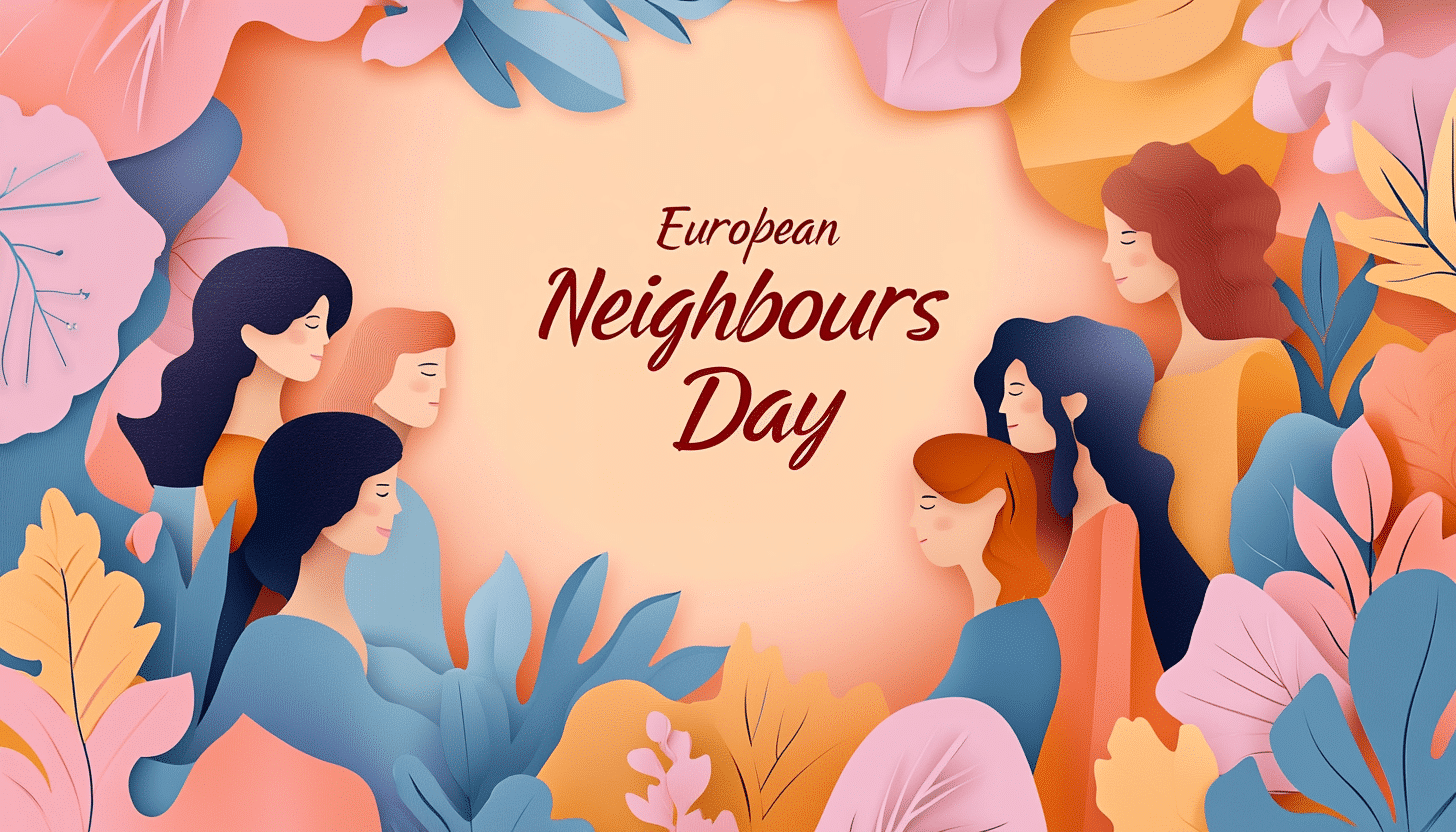What is European Neighbours’ Day?
European Neighbours’ Day, celebrated annually on the last Friday of May, is a day dedicated to fostering community spirit and strengthening the bonds between neighbours across Europe. This event encourages people to engage with those living nearby, promoting friendship, cooperation, and mutual support within local communities. The day aims to reduce social isolation, enhance neighbourhood cohesion, and build inclusive, vibrant communities.
History and Origin
European Neighbours’ Day was initiated in 1999 by Atanase Périfan, founder of the Paris-based non-profit organization “Federation of European Local Solidarity.” The idea stemmed from the recognition of growing urban isolation and the need to create stronger social ties within local communities. The first celebration took place in Paris, and it quickly gained popularity, spreading across Europe and beyond.
Since its inception, European Neighbours’ Day has grown significantly, with millions of participants in over 36 countries. The event is supported by local authorities, community organizations, and housing associations, all working together to create opportunities for neighbours to connect and engage with one another.
Who Celebrates European Neighbours’ Day?
- Local Residents: Participate by organizing and attending events to get to know their neighbours better.
- Community Organizations: Facilitate activities and provide resources to support neighbourhood events.
- Local Authorities: Endorse and promote the day, encouraging community participation and involvement.
- Housing Associations: Support and organize events within housing communities to foster a sense of belonging.
- General Public: Join in the celebrations to build connections and strengthen community ties.
Slogans and Themes
The themes for European Neighbours’ Day often focus on community, togetherness, and mutual support. Slogans such as “Together We Build Community,” “Neighbours for Life,” and “Unity in Diversity” highlight the importance of fostering positive relationships and creating supportive, inclusive neighbourhoods. These themes encourage people to reach out to their neighbours, celebrate diversity, and work together for a better community.
Colors, Symbols, and Patterns
Colors:
- Bright Yellow: Symbolizing warmth, friendliness, and positivity.
- Green: Representing growth, harmony, and community spirit.
- Blue: Reflecting peace, trust, and cooperation.
Symbols:
- Handshake: Emphasizing friendship and mutual support between neighbours.
- House Icon: Representing the home and local community.
- Heart: Symbolizing care, compassion, and the importance of neighbourly love.
Patterns:
- Community Circle: Depicting inclusivity and the idea of coming together.
- Linked Houses: Illustrating the connection between neighbours and homes.
- Celebratory Motifs: Featuring elements like balloons, banners, and festive decorations.
Most Used Tags
- #NeighboursDay
- #CommunitySpirit
- #TogetherWeBuild
- #Neighbours
- #EuropeanNeighboursDay
How to Celebrate
- Host a Block Party: Organize a gathering for your street or apartment building, complete with food, music, and activities.
- Potluck Dinners: Invite neighbours to a communal meal where everyone brings a dish to share.
- Outdoor Activities: Arrange games, sports, or gardening projects that involve the whole neighbourhood.
- Neighbourhood Clean-Up: Collaborate with neighbours to tidy up public spaces, parks, and communal areas.
- Introduce Yourself: Take the initiative to meet and greet new neighbours or those you haven’t connected with before.
Importance of European Neighbours’ Day
European Neighbours’ Day plays a vital role in promoting social cohesion and reducing isolation within communities. By encouraging neighbours to connect, the day fosters a sense of belonging and mutual support, which is essential for building resilient and vibrant neighbourhoods. Celebrating this day helps to create a positive and inclusive atmosphere, where everyone feels valued and connected to their local community.
